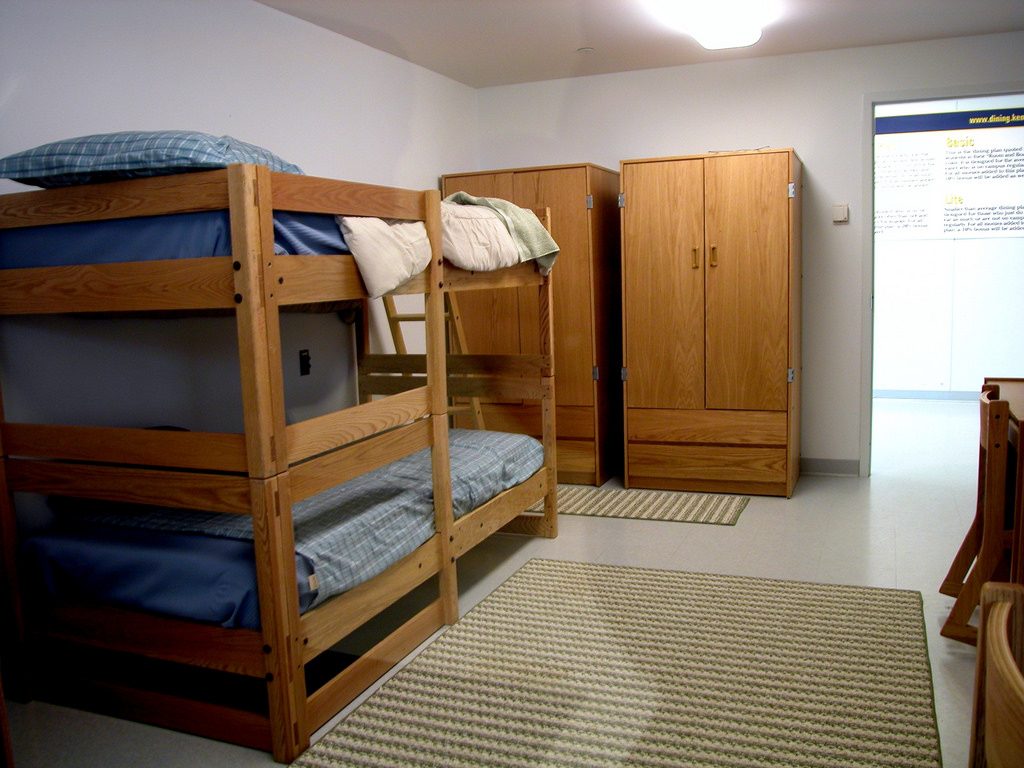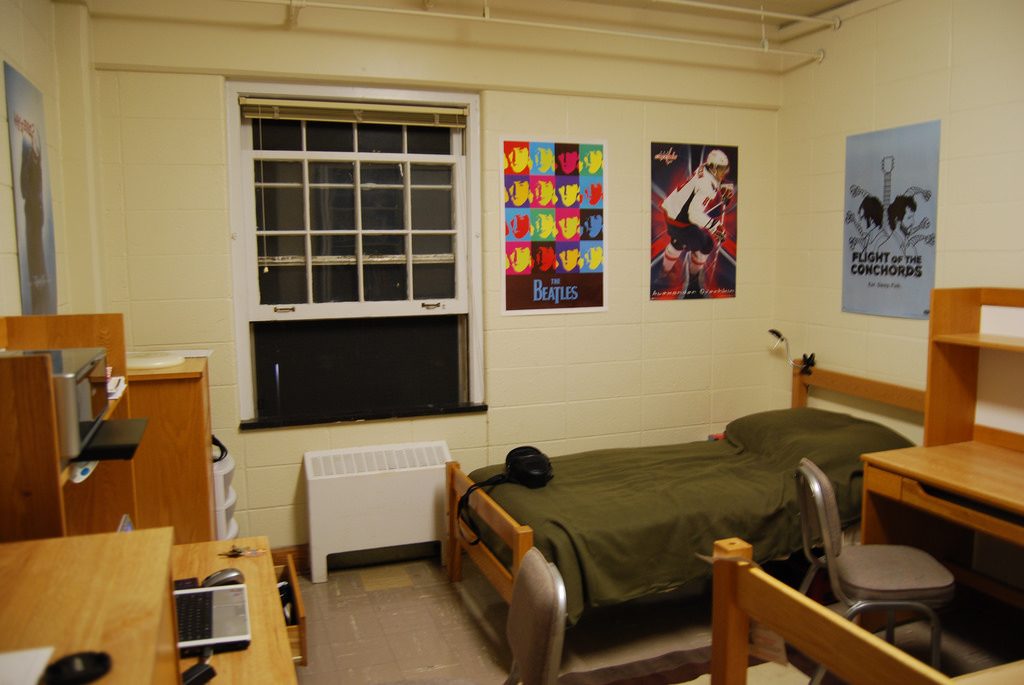5 Things to Know When Preparing to Move Your Business
There are a lot of good reasons to relocate. It may be extra growing room, new markets, a better employee pool, and many others. American companies spend about $25 billion on relocation each year. Whether you’re relocating down the street or to another state, it’s still a major challenge. Here are five ways to make relocation work.
1. Evaluate the Risks
Your first concern is a return on investment. Is relocating your operation going to bring sufficient financial advantages to justify the time and costs? You should make certain you can’t achieve the same ends by investing more in marketing or technology or leasing additional warehouse or office space for certain operations. Don’t assume that moving is the answer to your problems.
2. Research Prospective Locations
Be certain that you pick the best possible location to move to. Check out the demographics of the new community and how they compare to your targeted customers. Is it a growing economy or one that’s struggling? If you depend on local traffic for sales, be sure you have a location that’s easy to find and has ample parking.
3. Make it a Project
In situations like this, project management concepts will help you keep things organized and in perspective. Make a detailed list of the criteria you need from a new location while considering that any modifications will cost you more money. Also, make a list of the things you’ll be taking with you. Would it be more cost-effective to sell or lease the materials and equipment you have, or pay to ship them? If you’re going to assign someone to oversee the move, make sure you cover these things and communicate your budget and expectations.
4. Verify Your Ecosystem
You’ll have to be up and running at the new location as soon as possible to minimize any financial loss. Be sure you have all the physical and technical labor, like commercial movers or office moving services, lined up to make transition quick. You must also inform all customers, vendors, partners, and associates well before the move takes place. They will all need your new contact information and when you expect to be up and running at the new location.
5. Prepare Your Workforce
Determine which employees are willing and able to make the move, and who’s paying for it. You’ll have to start recruiting and interviewing for the new location as early as possible. If this proves difficult, you may have alternatives such as temporary agencies, remote workers, or outsourcing certain functions. At worst, you may lose your core managing staff and have to start building your team all over again.
No matter what kind of advantages you’re hoping for, don’t rush the process of relocation. It can take months to do correctly. Every detail should be investigated and planned. Even if you pull it off smoothly, be prepared to follow it up with a marketing blitz to build new momentum.












